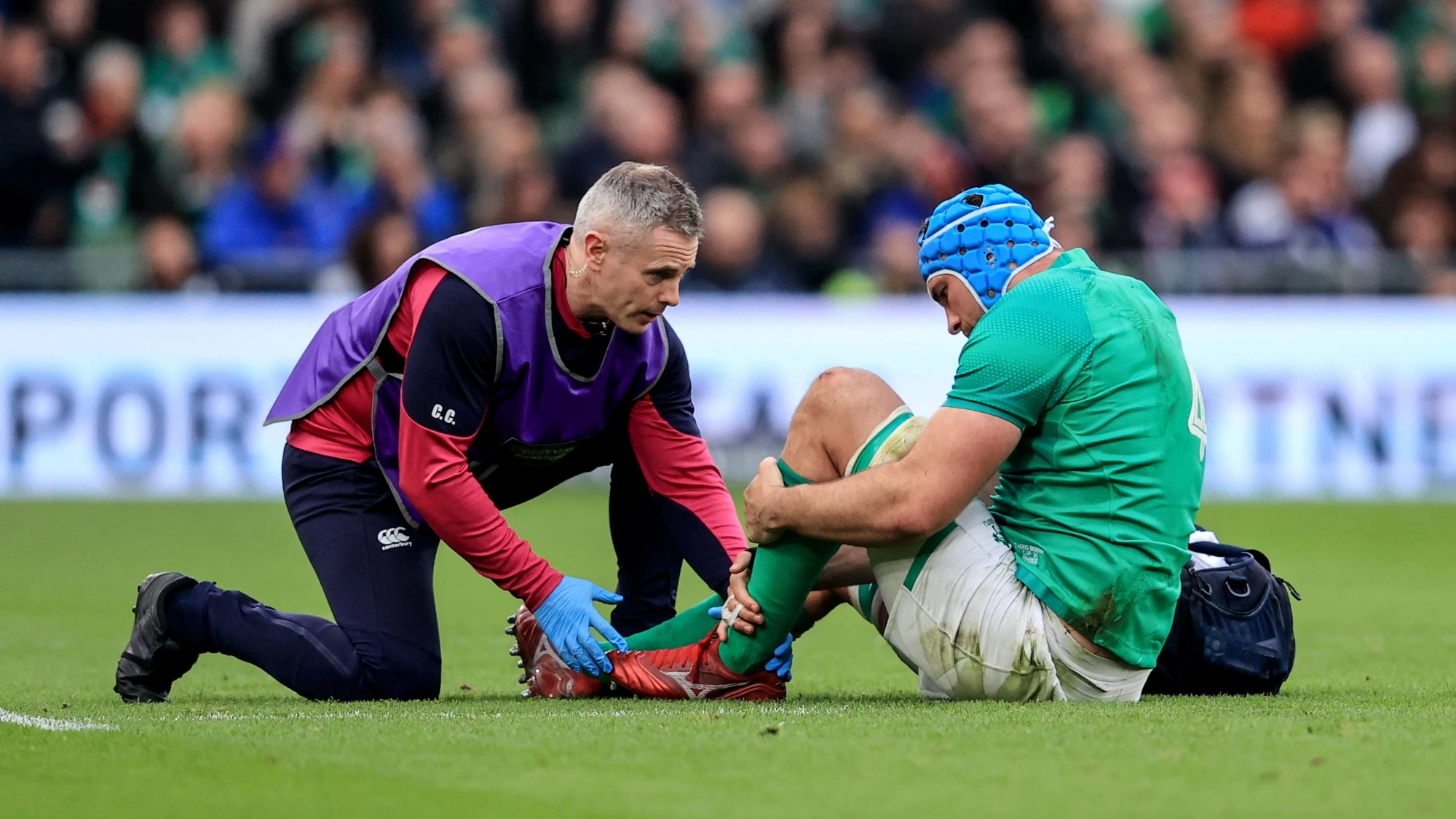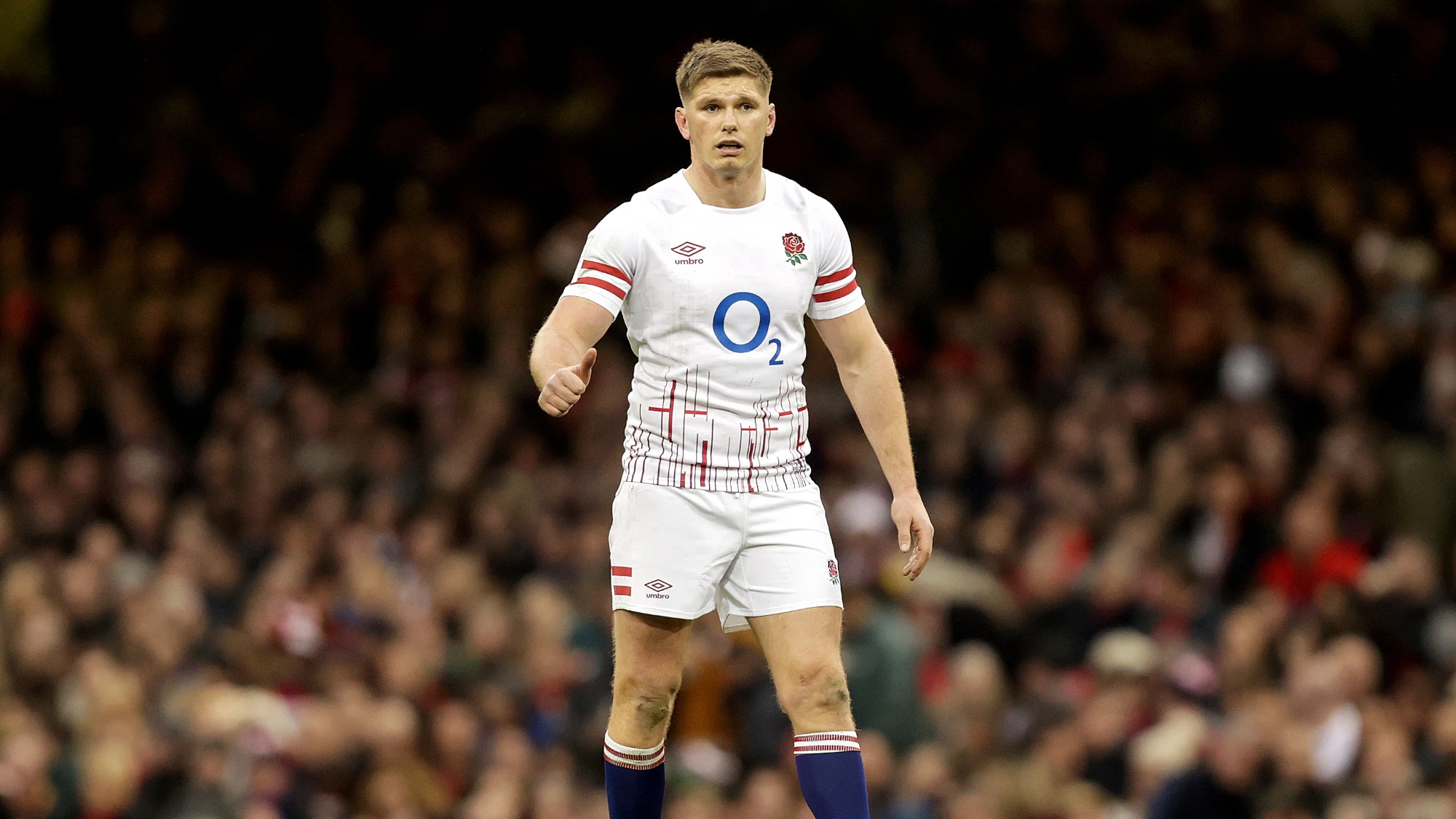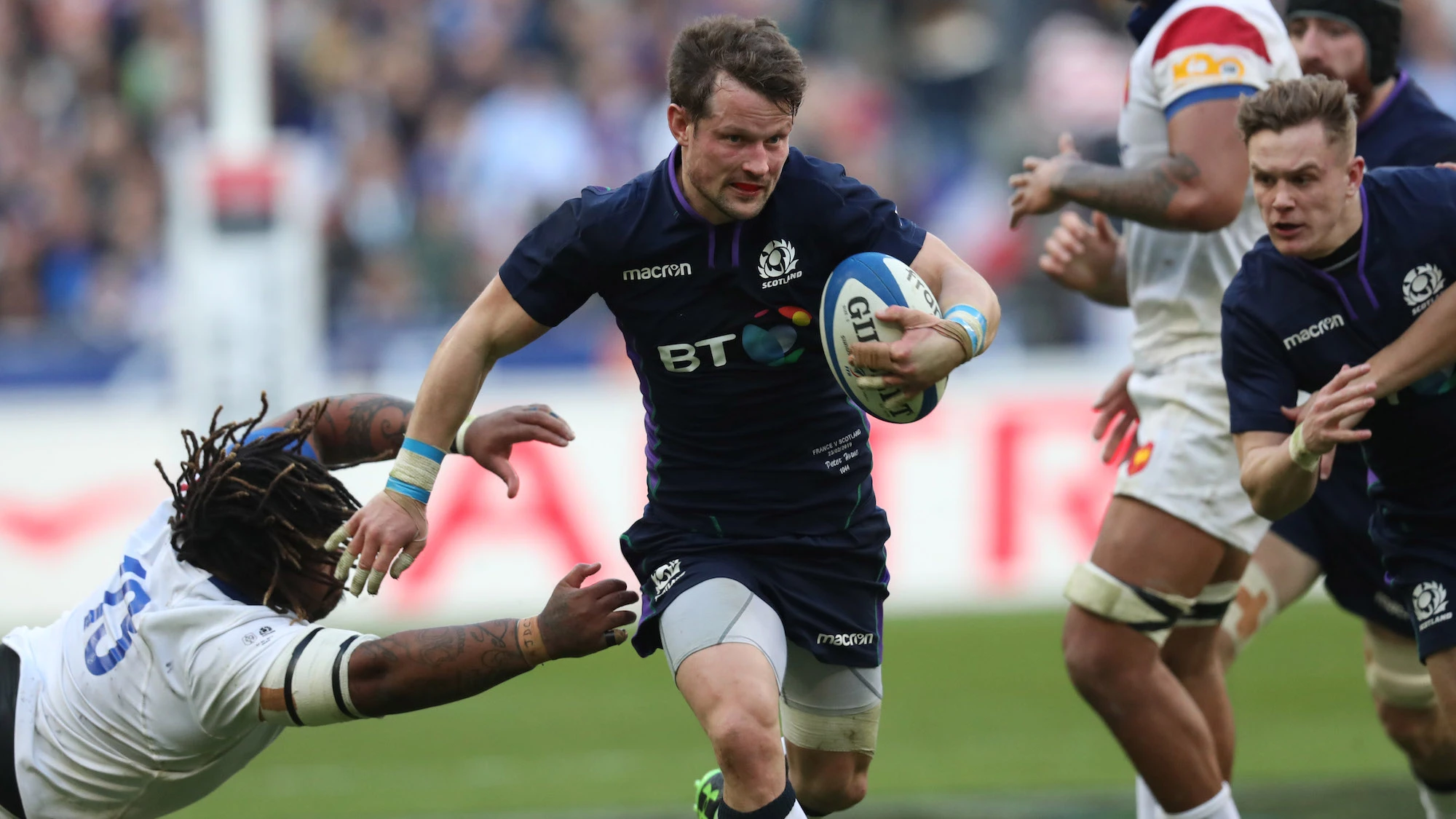Ireland have been dealt a blow with the news that Tadhg Beirne will be out for the remainder of the 2023 Guinness Six Nations – leaving Andy Farrell with an intriguing selection dilemma.
A standout performer for Ireland, Beirne started in the second row in wins over both Wales and France, but was forced off with an ankle injury midway through the first half against Les Bleus.
It has now been confirmed that he has undergone surgery and will be out of action for three months, meaning that he will miss the reminder of Ireland’s campaign.
In Dublin on Saturday, Iain Henderson came on to replace Beirne, and his carrying was a major factor in Ireland’s control of the game in the final 20 minutes.
However, he and Beirne have very different profiles as locks, potentially meaning a change of role for other members of the pack.
While Beirne had only actually won one turnover in his first two appearances, there is no question that he is Ireland’s best jackal.
With him out, that responsibility will likely be more collective, with surprisingly Johnny Sexton and James Lowe two of the three Irishmen with multiple turnovers in this Championship.
The third is Caelan Doris, perhaps Ireland’s most complete forward and potentially the player who will have an even greater role in that area over the next three matches.
While Henderson does not offer quite the same threat at the breakdown, his carrying will be very handy for a pack that is not huge, while he has taken the most lineouts of any Ireland player (six, level with Peter O’Mahony), despite only coming off the bench in both games.
Bench decisions
Considering his experience, it would be a shock to see anyone other than Henderson starting, but the identity of his replacement on the bench is more interesting.
Ryan Baird feels like a natural alternative to Beirne, not as dangerous at the breakdown, but hugely dynamic and capable of playing lock or blindside flanker.
However, there has also been a growing trend in international rugby to include two out-and-out tighthead locks in a team, ensuring that at no point a scrum might be under-powered.
If that were the thinking of Farrell and his coaching staff, then Joe McCarthy, who won his first cap against Australia last November, could then come into the thinking.
Still only 21, it might be a little early for McCarthy, with Baird having impressed on previous appearances for Ireland. However, if Baird is seen more as an option in the back row, rather than at lock, that could open the door for McCarthy.
While not in the original squad, Ulster’s Kieran Treadwell is another who could come into the reckoning, having played a role off the bench in the historic series victory in New Zealand.
A dilemma at No.2
That Ireland have picked up ten points from a possible ten despite the absences of key figures like Tadhg Furlong, Jamison Gibson-Park and Robbie Henshaw is hugely positive.
The quartet are expected to feature at some point in the Championship, although they may not yet be back in time for the trip to Italy in Round 3.
Two men who should be back are Dan Sheehan, who missed out against France, and Rob Herring, who went off early in that game.
That leaves three men, if you add in Ronan Kelleher, for two spots in the matchday 23. Kelleher was the man in possession of the jersey prior to injury, but since he has been out, Sheehan has been outstanding.
Against France, Kelleher showed that he has the fitness to last on the Test scene in his first international appearance in nearly a year.
If fully fit, Sheehan would seem like the obvious starter, but both Herring and Kelleher have shown they are ready to step into the breach if required.



